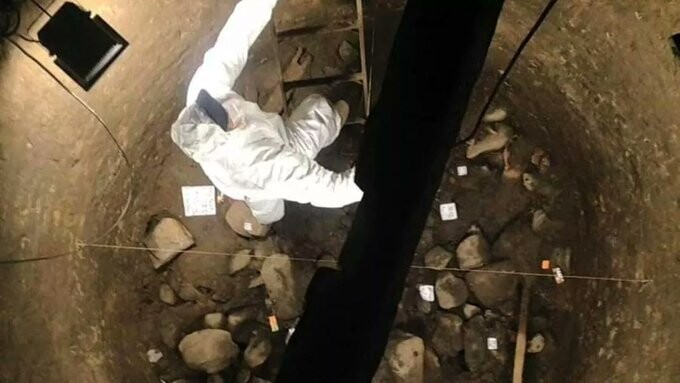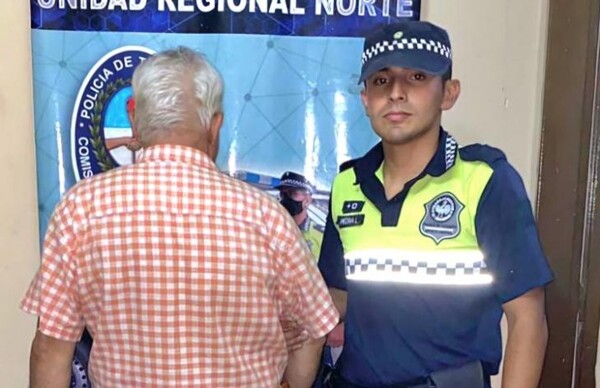
The investigation into the Vargas Well in Tucumán began due to testimonies from Pedro Mercado, Juan Carlos Díaz, and Santos Molina, who mentioned that the place was used to hide the bodies of people kidnapped during the Independence Operation and the subsequent military dictatorship, as reported by the newspaper Tiempo Argentino.
So far, the Argentine Forensic Anthropology Team (EAAF) has managed to restore the identity of 120 people, with René being the most recent case. However, 29 more individuals remain to be identified. As journalist David Correa explained, some remains found in the Vargas Well and other areas could not be identified due to negative results in DNA testing with existing samples.
The investigative process at the Vargas Well started in 2001, authorized by the Federal Court of Tucumán in 2002. The Collective of Archaeology Memory and Identity of Tucumán (CAMIT) worked on recovering remains of 149 people until 2023. Among them was René Salustiano Ruiz, kidnapped in 1976 at the age of 39 and recently identified by the EAAF.
René lived in Caspichango, Monteros, Tucumán, during the events of the Independence Operation. Despite 267 people having passed through the site, the identity of 29 remains unrecognized. The confirmation of the remains and their return to the family requires coordination between the Justice system and relatives to establish the details of the date and location.
Finally, René Salustiano Ruiz's family has already been notified by the Federal Justice and EAAF personnel. The identification process of the remaining people found in the Vargas Well is accompanied by calls for public collaboration to provide more samples and facilitate the identification of the remains.











